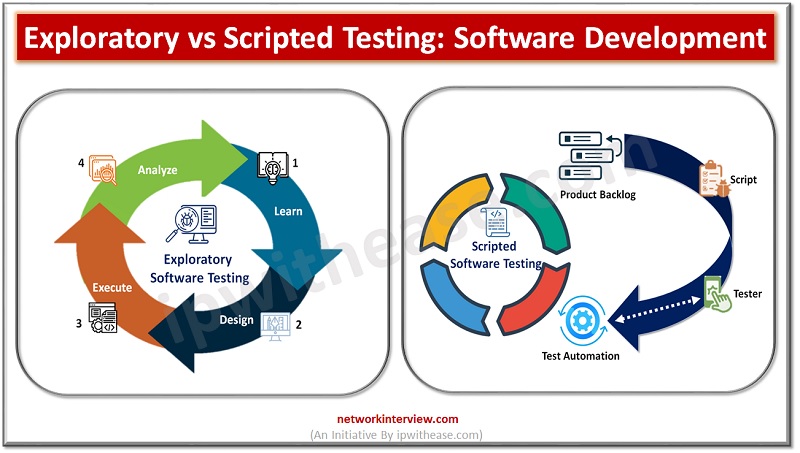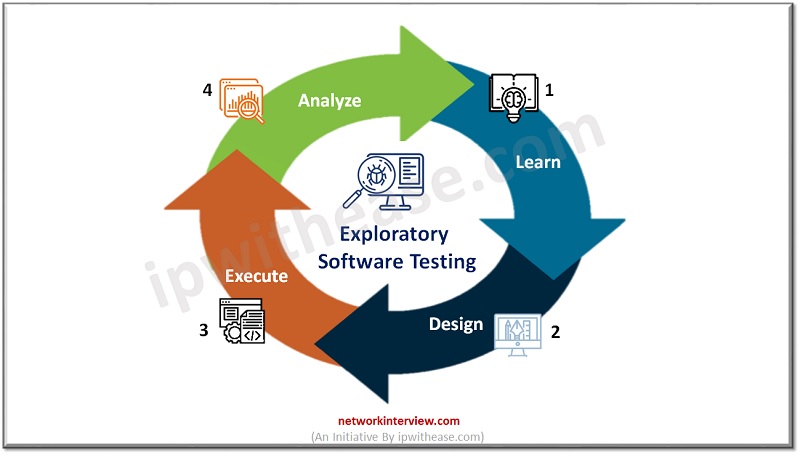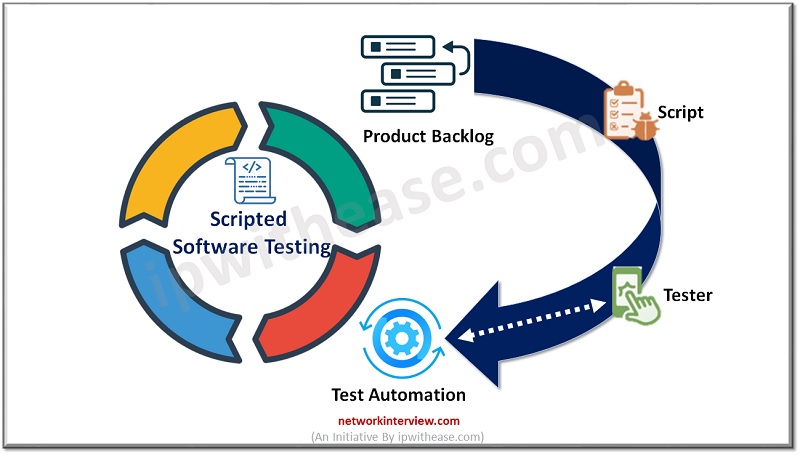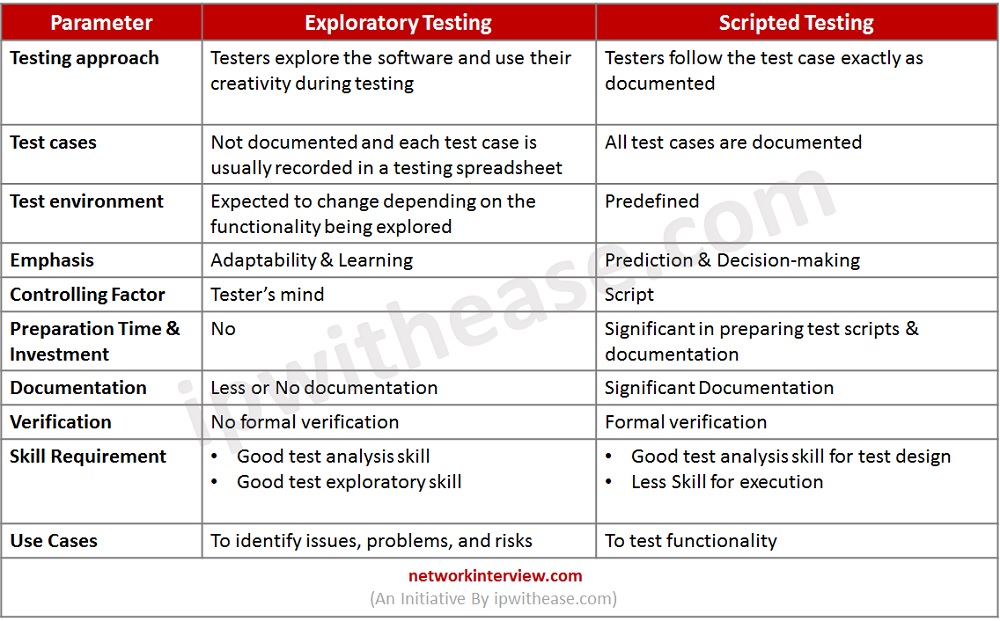
Exploratory Testing vs Scripted Testing: Software Development
Software testing is a critical component of the software development process. When it comes to software testing, there are two main types: exploratory and scripted testing. Both testing methods have their merits and can be used in different scenarios depending on your needs. Read on to learn more about these two types of software testing, their pros and cons, and when to use them in your projects.
What is Exploratory Software Testing?
Exploratory testing is a form of software testing that is done when no specific requirements or acceptance criteria are defined. Exploratory testing is done to understand the software better and identify potential issues, problems, or risks.
In exploratory testing, the tester does not follow any specific test cases or scripts. Instead, the tester is given a high-level overview of the functionality of the system and allowed to explore the system by clicking around and trying out different functionality.

During exploratory software testing, the tester is expected to keep track of what functionality is explored, what issues were identified, and what recommendations were made.
Users with programming experience may prefer exploratory software testing because it allows them to use their computer skills and explore the software as if they were actually using the software.
Exploratory Testing Pros and Cons
Pros
- This type of testing is very flexible and allows you to quickly identify issues and risks.
- You can use exploratory testing to do a quick check of the user experience and the overall functionality of the software.
- Exploratory testing doesn’t need a predefined test plan and can be done at any stage of the testing process (even after all the test cases have been executed).
Cons
- If you don’t document the issues and risks, it will be difficult to track testing progress.
- If your tester is not familiar with the software, he or she might not identify important issues and risks.
What is Scripted Software Testing?
Scripted testing is a form of software testing where the entire test process is defined in advance and is usually documented. A test plan provides the tester with a clear overview of the entire test process, the number of test cases, and the testing environment.

It usually includes the testing approach, any preconditions, and the expected outcome. The tester follows the test case and executes each step as documented. The test cases will come with an expected result, which the tester has to verify.
This makes scripted software testing suitable for testing functionalities that are already well-defined and for which the expected outcome is already known.
Scripted Testing Pros and Cons
Pros
- This testing method is great when you want to ensure that all the functionalities are covered by the tests and want to be sure that the testing approach is repeatable.
- You can use the same set of test cases for every tester and get consistent results.
- This also allows you to easily compare the results of different testing phases or team members.
Cons
- If you don’t document the test cases properly, there is a risk that the test cases will get out of date.
- If you don’t have a clear understanding of what the expected outcomes are, it can be difficult to track testing progress.
How to decide which type of Software Testing to use?
The best way to decide which type of software testing to use is to determine the main objectives of your testing activities.
- If your main objective is to identify issues, problems, and risks, then exploratory software testing would be the better choice because it doesn’t require a specific test plan or test cases.
- If, on the other hand, your main objective is to check if the software meets the criteria and to ensure that all functionalities are covered by the tests, then scripted testing would be the better option.
- If your project contains a mix of functionalities, and you want to test both functionalities, then you can also use a combination of both testing methods.
In a nutshell, if you want to test functionality, use scripted testing. If you want to explore functionality, use exploratory testing.
Key Differences between Exploratory & Scripted Testing
The key points of differences between the two software testing methods are:
Testing approach – Exploratory testing allows testers to explore the software and use their creativity during testing. On the other hand, scripted testing forces testers to follow the test case exactly as documented.
Test cases – In scripted testing, all test cases are documented. In exploratory testing, test cases are not documented and each test case is usually recorded in a testing spreadsheet.
Test environment – In scripted testing, the testing environment is predefined. In exploratory testing, the testing environment is expected to change depending on the functionality being explored.
Comparison Table: Exploratory vs Scripted Testing
Below table summarizes the differences between the two methods:

Download the comparison table: Exploratory vs Scripted Testing
Conclusion
Both testing methods have their merits and can be used in different scenarios depending on your needs. If you want to test functionality, use scripted software testing. If you want to explore functionality, use exploratory software testing. If your main objective is to identify issues, problems, and risks, then exploratory software testing would be the better choice.
Continue Reading:
8 Key Software Testing Methods
Agile vs Lean: Software Development Methodologies
Tag:comparison, software



